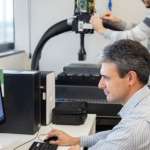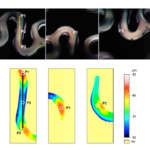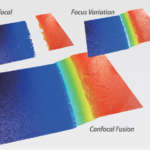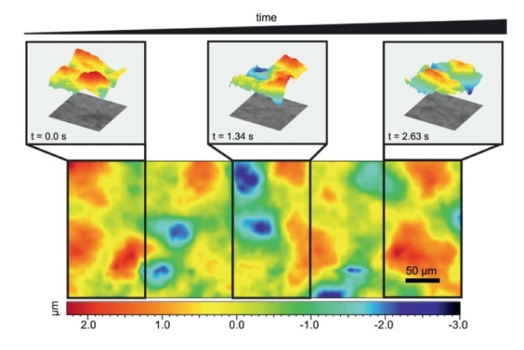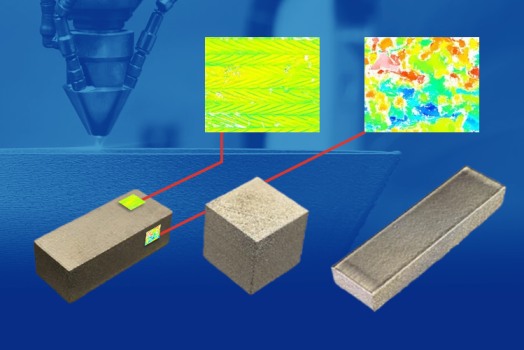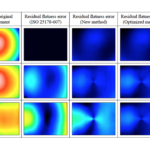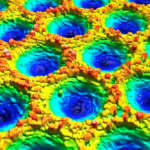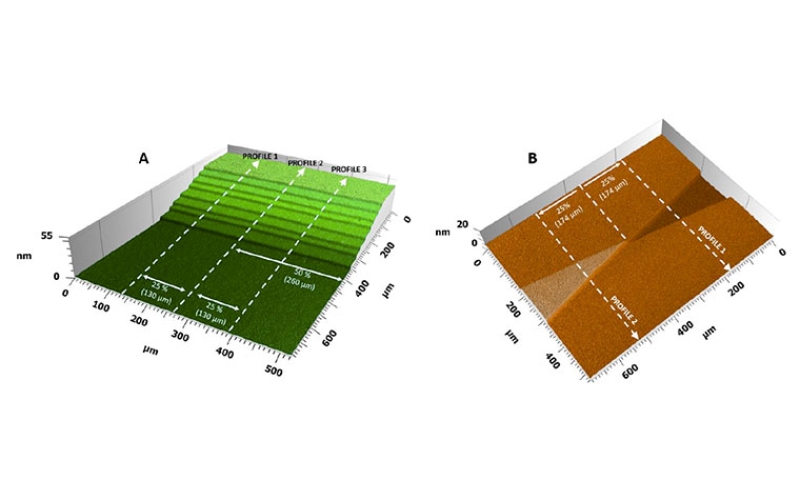
3D label free bio-transfer standards
Carlos has collaborated since 2010 on the development of confocal, interferometry and focus variation technologies at Sensofar, where he holds the R&D Engineering Manager position since 2018. His interests are Optomechanical Systems Design and Image Processing.
Its consolidated research work in optical engineering confer the Sensofar R&D group an outstanding position to always stay up-to-date in terms of innovation and the highest technological level.
3D label free bio-transfer standards, full article
Miikka Järvinen,1 Tuomas Vainikka,1 Tapani Viitala,1 Carlos Bermudez,2 Roger Artigas,2 Anton Nolvi,1 Pol Martinez,2 Niklas Sandler,3 Edward Hæggström,1 Ivan Kassamakov1,4
1 Univ. of Helsinki (Finland)
2 Sensofar-Tech, S.L. (Spain)
3 Åbo Akademi Univ. (Finland)
4 Helsinki Institute of Physics (Finland)
Proceedings Volume 10819, Optical Metrology and Inspection for Industrial Applications V; 108190D (2018)
Event: SPIE/COS Photonics Asia, 2018, Beijing, China
Abstract
Two kinds of 3D label free Bio-Transfer-Standards (BTS) have been further developed at the University of Helsinki (UH). The first one, NanoRuler, is a staircase BTS featuring eight fatty acid bilayers which allows vertical calibration in the range of 5 to 40 nm. The second one, NanoStar, is a V-shaped BTS featuring two 5 nm tall bilayers that overlap at 10° angle. This standard enables the determination of the Instrument Transfer Function (ITF). A stability test was conducted on the BTSs, during which the standards were stored in laboratory conditions, and were profiled each week. Profiling was done using a custom-built Scanning White Light Interferometer (SWLI). The stability of NanoStar was ± 0.3 nm, and of NanoRuler ± 0.5 nm to ± 2.5 nm. The BTSs maintained their specified properties for at least six months and therefore allow vertical calibration and ITF determination. In addition, changes in surface morphology of one NanoRuler subjected to water immersion are presented. This paper reports intermediate findings during an ongoing stability test that will run for 24 months.



